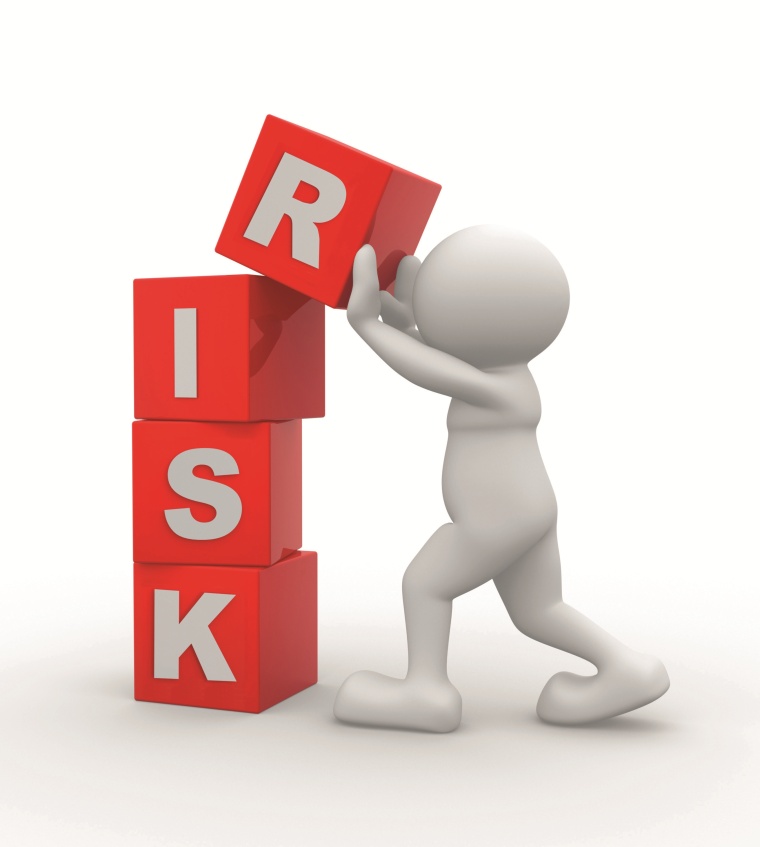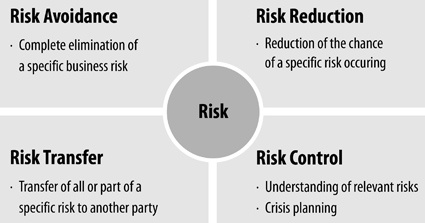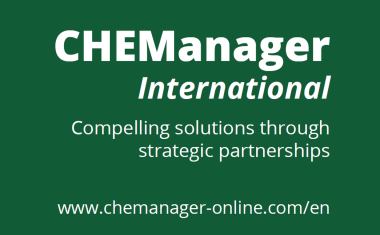Chinese Risk Management




No Risk, No Fun - It is frequently believed that Chinese chemical companies are not actively managing their business risks. While it is true that these companies tend not to have a comprehensive risk management framework, there are many examples of individual risk management measures.
Risk Avoidance
In winter 2009, natural gas was in short supply in China, leading to production stops at several urea producers. As a consequence, Guizhou Chitianhua decided to change its urea production from a gas-based to a coal-based process. Other companies including Yunnan Yuntianhua and Zhongyuan Dahua have announced similar plans. In essence, the change in raw materials eliminates the risk associated with the gas supply.
At the other side of the value chain, a portfolio change leading to elimination of inherently risky products similarly reduces risks. For example, Elion Energy recently announced plans to sell its sodium sulfide and sodium sulfate businesses due to the high environmental threats.
Process changes are typical measures to eliminate or reduce the chance of accidents and environmental pollution, e.g., change of solvent employed (coatings), change of catalyst and amount of catalyst (PVC production from calcium carbide), change of production method or process (e.g., from chemical to biotechnological, titanium dioxide production from sulfuric acid to chlorination process).
Risk Reduction
As the last example shows, there sometimes is no perfectly clear distinction between risk avoidance and risk reduction. However, the following measures are more focused on reducing risks than on eliminating them altogether. The implementation of strict safety measures is among these, and the establishment of conferences such as the International Forum on Work Safety held in Beijing testifies the growing interest in China.
The relocation of chemical production is related to the topic of safety measures, as recently done by Wuhan Inorganic Salt. Such a move from a downtown to a suburban site reduces the risk of the company's phosphate production. Today, many other companies also relocate to suburban sites or to sites within chemical parks, partly driven by government regulation as well.
Value chain integration such as the recent acquisition of a coking coal business by Zhongtai, with the explicit goal to cover all steps from coal to PVC, can reduce the risk of sudden changes in raw materials prices. Another way to reduce the risk of price fluctuations is stock reduction. This is particularly relevant if the raw materials or finished products are either high-value (e.g., in some fine chemicals) or subject to unpredictable demand changes (e.g., fashion dependant dyestuffs).
Of course, the establishment of stringent quality control will reduce the risk of major damages to customers and the company reputation. In their company presentations, listed Chinese chemical companies frequently proudly list their (Western) quality control equipment.
A very broad field for risk reduction is customer selection. This covers both the implicit selection coming from the payment terms offered to customers (obviously tightening payment terms reduces the risk of non-payment) as well as customer selection in a much broader sense. Specific industries, e.g., consumer, medical, are generally less cyclical, therefore focusing on these industries as customers reduces risk arising from volatile demand. This is one main reasons for preference of specialty chemicals over commodities. Furthermore, even within a specific customer industry, a customer analysis focusing on the stability and creditworthiness of individual companies can reduce risk.
Risk Transfer
Risks can also be partially or completely transferred to a third party. Obviously this third party will expect to get some benefit as well, for example a fixed premium or a share of any profits.
An obvious example is insurance. For chemical companies, insurance for environmental responsibility can transfer some of their business risk, and indeed in 2009, the Shanghai government started trial insurance for environmental responsibility. Several Shanghai based chemical companies are said to have bought the insurance.
Other examples are partnerships and joint ventures. Though synergies tend to be the main driver, they also serve to transfer part of the risk to the cooperation partner. And even massive companies such as CNPC are seeking participation of business partners - in fact, CNPC hopes that these partnerships will bring in at least RMB 200 billion. Similarly, for a domestic company, a joint venture with a foreign chemical company transfers part of the risk to the foreign partner.
Particularly in the production of solar cells, long-term contracts are utilized to transfer the risk of stable gas supply to industrial gas companies, e.g., Praxair's contract for supplying Evergreen Solar in Wuhan. Long-term sales contracts serve a similar purpose.
Related to this, hedging is allowing companies to lock in the price of certain chemical materials. For example, end users of LLDPE in different Chinese industries are increasingly using contracts on the Dalian Commodity Exchange to protect themselves from price volatility. Obviously, as with many risk management measures, hedging comes with a cost if prices do not move in the anticipated direction.
Finally, performance based pay may also be seen as a risk transfer measure. It may offer incentives and shifts part of the profit risk to employees. In particular, if incentives depend on the performance on the company as a whole rather than on individual performance, it realistically is more of a risk transfer measure than an incentive, as the individual employee only has limited influence on the overall company performance.
Risk Control
Risks should be anticipated and plans for utilizing suitable tools made. Market research is particularly important before major investments in cyclical bulk chemicals, it is being employed in many areas, e.g. in the volatile market for silicone monomer. Industry consultants thus see increasing demand for such research.
On a more strategic level, scenario analysis takes different developments into account, e.g., in the global oil price development. It may thus be utilized to control risk in the field of coal chemicals in China which heavily depends on the global oil price.
Scenario analysis is a tool utilized in strategic planning, a broader way of controlling risk. For example, Luxi plans to develop downstream products with high added value such as melamine, benzyl chloride, and methane chlorides, thus reducing the volatility of revenue as part of its overall strategy.
Closely related to the prior topic is strategic controlling: While not yet a major concept in Chinese companies, strategic controlling - the constant market scanning particularly of the environment for potentially business-relevant developments - also helps control risk.
Finally, risk control also means advance planning in the case a risk occurs. Preparing crisis management plans can reduce the consequences of individual scenarios (e.g., by having a ready-made action plan) and also helps to avoid risks in the first place if, e.g., advance planning leads to installing redundant production components.
Conclusion
As the examples show, much is being done by Chinese chemical companies to manage their business risk - maybe more than most companies are aware of themselves. The difference in risk management between domestic chemical companies and leading multinational companies therefore is not the existence of individual risk management measures, but the establishment of a comprehensive risk management framework.
As a consequence, the next step for domestic companies is to examine how complete their risk management is. A brisk management approach based on individual measures is likely to miss some important risks. A top-down risk analysis based on a comprehensive framework of possible risks can eliminate such gaps. In a world full of risks, the long-term survival of a company can only be assured by such an approach.
Company
Managm. Consult. ChemicalsRM1302, 13/F CRE Bldg.
Wanchai, Hong Kong
China
most read

CHEManager International Media Kit 2026
Compelling solutions through strategic partnerships

BASF Sells Majority Stake in Coatings Business
BASF sells a majority stake in its coatings business to the investor Carlyle.


Ratcliffe: Chemical Industry in Europe at a Tipping Point
Ineos CEO Ineos calls on European politicians to save the chemical industry.

Merck Acquires Chromatography Business from JSR Life Sciences
Merck to acquire the chromatography business of JSR Life Sciences, a leading provider of CDMO services, preclinical and translational clinical research, and bioprocessing solutions.











